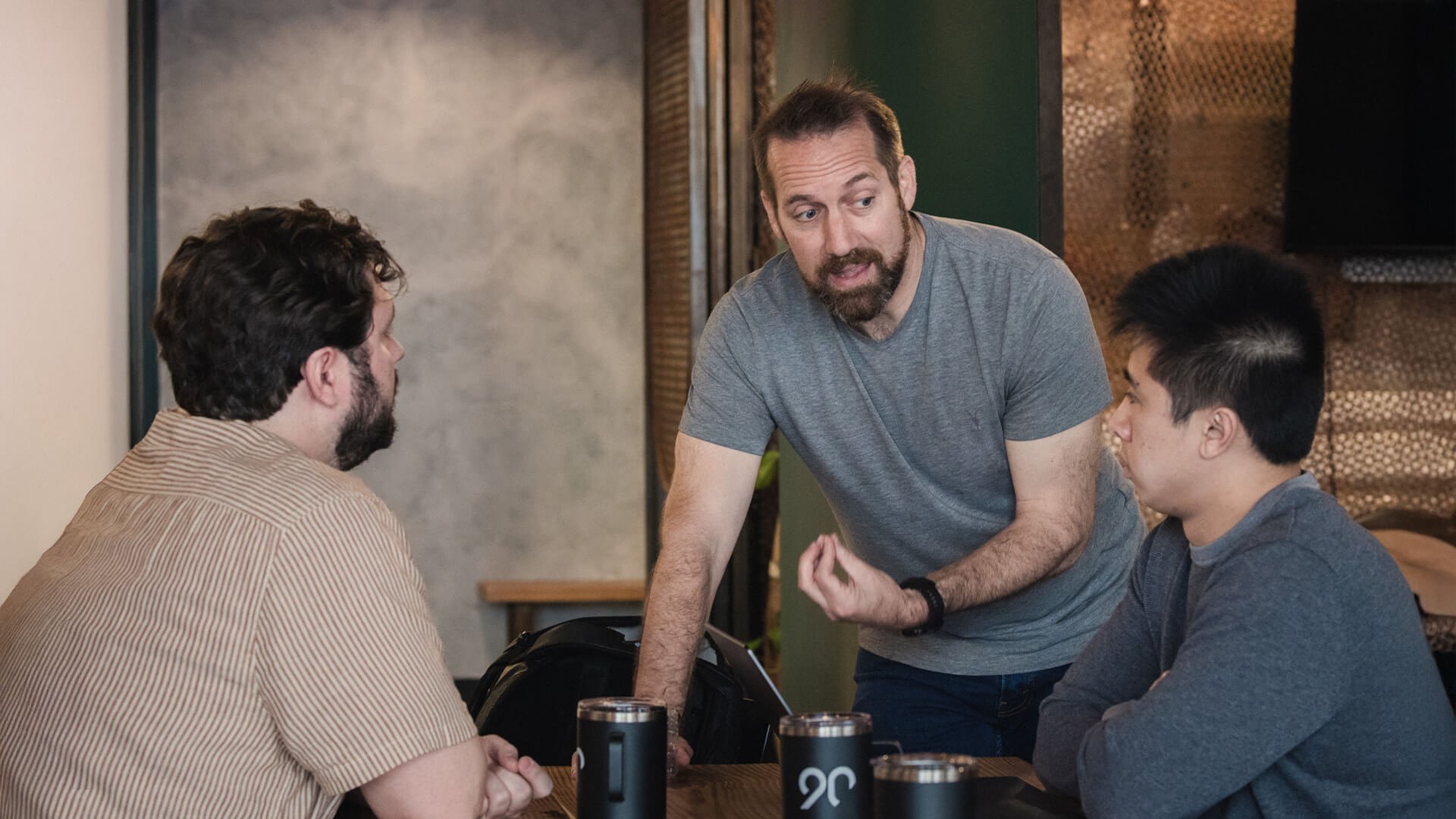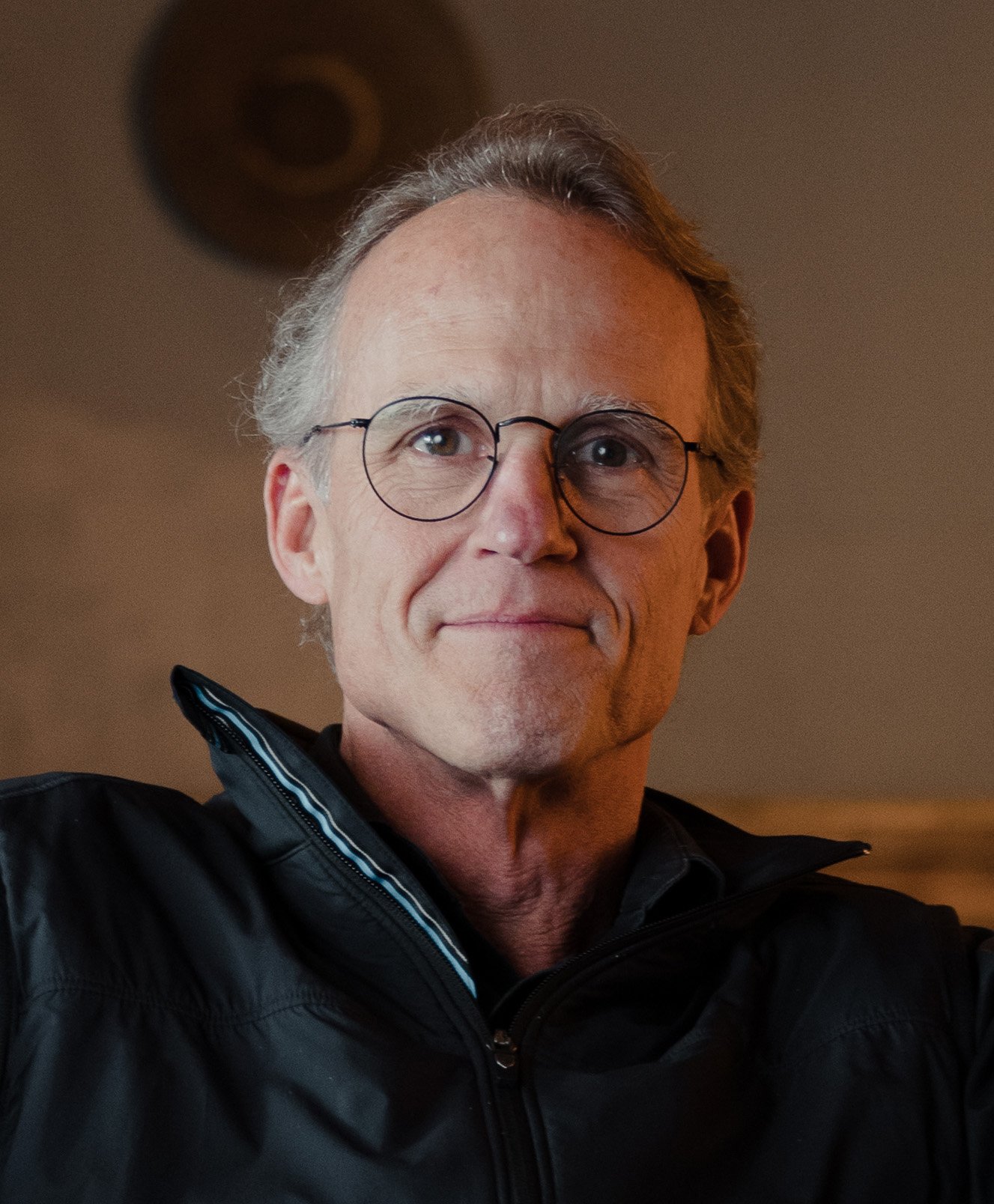Why Founders Get Stuck, and How Ego Development Can Help
Here’s an uncomfortable truth: Many leaders stop growing when they feel insecure.
You’ve seen it. You’ve probably worked for leaders like this. And if we’re being honest, you’re probably guilty of it, too.
Some days, these leaders bulldoze every meeting to prove they’re still in control. Other days, they default to groupthink to keep everyone happy. But what they don’t do is grow.
That’s where the phrase “strong opinions, loosely held” is supposed to come in. But in practice, it’s often misunderstood. The real test of leadership isn’t whether we can say we’re open-minded. It’s whether we’ve built the kind of worldview that doesn’t fall apart when challenged and the kind of character that knows when it’s time to change.
Because the truth is, strong opinions have to be earned. And the path to earning them takes a lifetime. That’s why I love Jane Loevinger’s stages of ego development. At its core, this framework is really about how our way of seeing the world and ourselves evolves over time.
And here’s why this matters: The way we handle feedback, conflict, uncertainty, and power is all shaped by where we are in our ego development. If we’re reactive, insecure, or stuck in a fixed worldview, we’ll unconsciously build company cultures reflecting that, and we’ll become the ceiling to growth every time.
So, this article isn’t about theory. It’s about helping you, as a founder and leader, recognize where you are on that journey — and what it takes to move forward to where you’d like to be.
So let’s dig into what that really looks like, stage by stage. Technically, Loevinger’s model starts with Stages 1 and 2, presocial/symbiotic and impulsive (see the stages and their corresponding number in the graphic below). But if you’re reading this, you’re already operating above basic survival mode, so we’ll start with Stage 3.
Stage 3: The Ego’s First Steps
Stage 3 is when the magic really happens — when we begin to understand we’re just one small part of the wider world and act accordingly. In the transition between Stages 2 and 3, we’re learning to hold tension between our needs and the needs of the group. But when adults get stuck at this stage, it usually means they’ve begun to resist that tension and instead embrace self-centeredness..png?width=450&height=517&name=Illustration_Loevinger%E2%80%99s_Ego_Development%20(3).png)
We all know a “my way or the highway” kind of person. That leader who talks over others. Who can’t accept feedback. Who makes decisions by gut and bravado alone.
In ego development terms, it’s the “self-protective” stage. Here, our sense of self is still wrapped in reacting instead of acting. Instead of seeing new information as something to evaluate and possibly integrate when it makes sense, we see it as a threat.
I’ve had bosses like this. Maybe you have, too.
Back in my early finance days, I had a manager who was asked to explain an account named “Treasury Stock” in the balance sheet. “What is this for?” someone said. Her response? “You know… treasury stock.” That was her whole answer. Not ironic. Not self-aware. Just pure posture. She didn’t know — and couldn’t afford for anyone else to know she didn’t know.
That’s not confidence: It’s insecurity wearing a costume.
If you find yourself needing to win every argument, feeling personally threatened when someone pushes back or refusing to just be honest and say, “I don’t know,” it might be time to pause. Ask yourself: What am I actually defending here? Is it the idea… or is it me?
Stages 4–5: Two Sides of Insecurity
As we evolve, we start to realize that being reactive won’t get us very far. Humans thrive on community and connection, so beginning in Stage 4, we crave the safety of a group. Maybe we want to lead, but more than anything else, we want to belong. That’s where things can get tricky. When leaders get stuck here, they’re caught between not wanting to let go (Stage 4, conformist) and wanting to evolve (Stage 5, self-aware).
There are two paths in front of them at that point: They can either become the tyrant who craves dominating the group or the conformist who bends so hard to fit in that they lose their own voice. And the irony? Both come from the same place: fear of not being accepted.
If you’re a founder, odds are you’ve got a strong personality (guilty as charged). Maybe you built your business because you were willing to challenge the status quo. That’s good. But if you’re not careful, your strength can become a liability. Are you inviting dissent or punishing it? Are you still learning or hiding behind the power you’ve earned?
Stage 6: The Purgatory Phase
In my opinion, this stage is where most maturing leaders get stuck.
By this point, leaders have formed strong beliefs through trial and failure. And that’s what it means to earn our opinions — not that we’ve always been right, but that we’ve tested our assumptions against reality and let the results shape us.
But conflict arises when founders begin clinging to those opinions. They’ve finally started to build a worldview, and the thought of breaking it apart again feels destabilizing.
Welcome to Stage 6, the conscientious but rigid leader. This is where the maxim "strong opinions, loosely held" often gets misapplied, which is why I call this stage “leadership purgatory.” The leader sees what needs to change, and they might even know they’re capable of that change. But letting go of how they've always done things? That still feels too risky.
So if your business is hitting a growth ceiling, it might not be the market. It might be you. What belief are you holding that’s keeping you from moving forward? Go test it, relentlessly.
Stage 7: The Thoughtful Leader
Now we’re getting somewhere.
At Stage 7, individualistic, we’ve started the hard work of unbundling belief from identity. We’ve got strong opinions, and we hold them loosely because we understand something critical: They’re a product of our perspective, not proof of our value.
We can now say: “I believe this — and I could be wrong.”
A good example is the ongoing conversation around remote vs. in-person work. Some leaders argue that being together in the same physical space is essential for collaboration and culture. At Ninety, we’ve taken a different path — we’re fully remote, but our culture is strong because we focus relentlessly on building high-trust relationships and clear agreements.
If you’re a Stage 7 leader, you understand that tension between flexibility and structure. You get why both things matter. You also know culture eats strategy for breakfast. And yet, when the conversation gets messy (as it inevitably does), some leaders have decided it’s easier to just scrap work-from-home policies altogether without ever interrogating why they created them in the first place.
But the best leaders? We don’t swing to one extreme or the other. We start leaning into transrationalism — a way of thinking that blends structure and subtlety, conviction and nuance. We hold space for complexity, even when it would be easier to pretend everything’s cut and dry.
This is what makes a mature leader. At this stage, we’ve stopped treating leadership like a performance and started treating it like stewardship. And that’s exactly what my book Work 9.0 is all about: learning to evolve past conformism and authoritarianism as a society and as individuals.
Inexperienced leaders often miss an important fact: We don’t lead because we want to have power over people. We lead because we want to serve. And when we refuse to embrace that responsibility? We end up stagnating forever.
If you want to grow into this stage, start by listening to your discomfort. When something unsettles you, pause. That’s not weakness. That’s your subconscious flagging something important — don't ignore it.
Stage 8+: The Steward Leader
In Stage 8 (autonomous) and Stage 9 (integrated), leadership becomes less about us and more about what we’re building. We’re rooted in principles, not pride. We serve the team, not the narrative. We’re discerning (not every idea is worth chasing), but we know how to test, adapt, and evolve.
We’ve moved beyond simply leading people into creating empowering systems where our team members genuinely love the Work they do. And instead of centering everything on profit and self-worth, we’ve learned to value something bigger than ourselves, something that endures. We lead, we coach, and we distinguish signal from noise.
This is where “strong opinions, loosely held” stops being a clever quip and becomes a stance of principled growth. At this point, we should think of our ego as a sturdy old tree. The trunk represents our principles. The branches represent our beliefs. Branches can sway and bend without breaking, but your trunk should stand tall during the strongest storms.
So when you’re approaching these stages, ask yourself: What’s my trunk, and what are my branches? Make sure you know the difference — and which branches you’re willing to prune.
How to Earn Your Opinions
No one gets to skip stages, and we can’t fast-forward from tantrum to transcendence. But we do get to evolve. After all, I talk a lot about the importance of relationships on this blog, and I deeply believe that one of the most important relationships of all is the one we have with ourselves.
When we consistently combine humility and confidence with new information, we can recognize the difference between what feels true and what actually works over time. That’s what it means to earn our opinions.
But how can we tell when we’ve earned them? We can start by:
- Testing them against reality, not just emotion
- Stress-testing them with people who aren’t afraid to tell us the truth
- Watching for patterns — in our business, our teams, our customers — and adjusting when the facts demand it
- Learning to listen more than we talk, especially when we're sure we’re right
- Staying curious, even (especially) when it’s uncomfortable
At Ninety, we don’t believe leadership is about status. It’s about service. And serving well requires a worldview that’s both coherent and humble. One that can hold paradox, accept challenge, and evolve without losing its center.
Your company won’t grow past your development, and if you’re leading others, the first person you have to lead well… is you.





